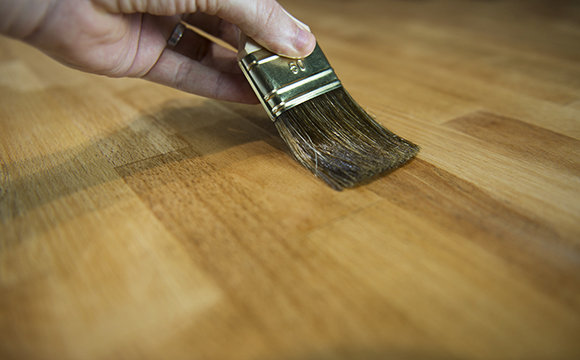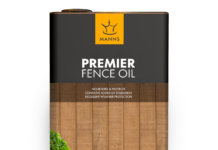Literature has been around for generations upon generations. The earliest examples appear to originate in Ancient Mesopotamia around 3400 BC, that’s about 5420 years ago, give or take.
In the many, many years that followed, literature has evolved tenfold from simple storytelling to works of non-fiction and a wealth of different genres. Books have been translated to and fro between just about every language there is.
A commodity that tends to be overlooked, though, is the thing that holds them all together, the simple bookshelf. This now-common piece of furniture started to appear sometime around the 16th century. After the invention of the printing press, the production of books and literature quickly accelerated. The bookshelf offered the means for more economical use of space, away from the use of lecterns. Ultimately, the concept of storing books vertically became common in libraries and not long after, households.
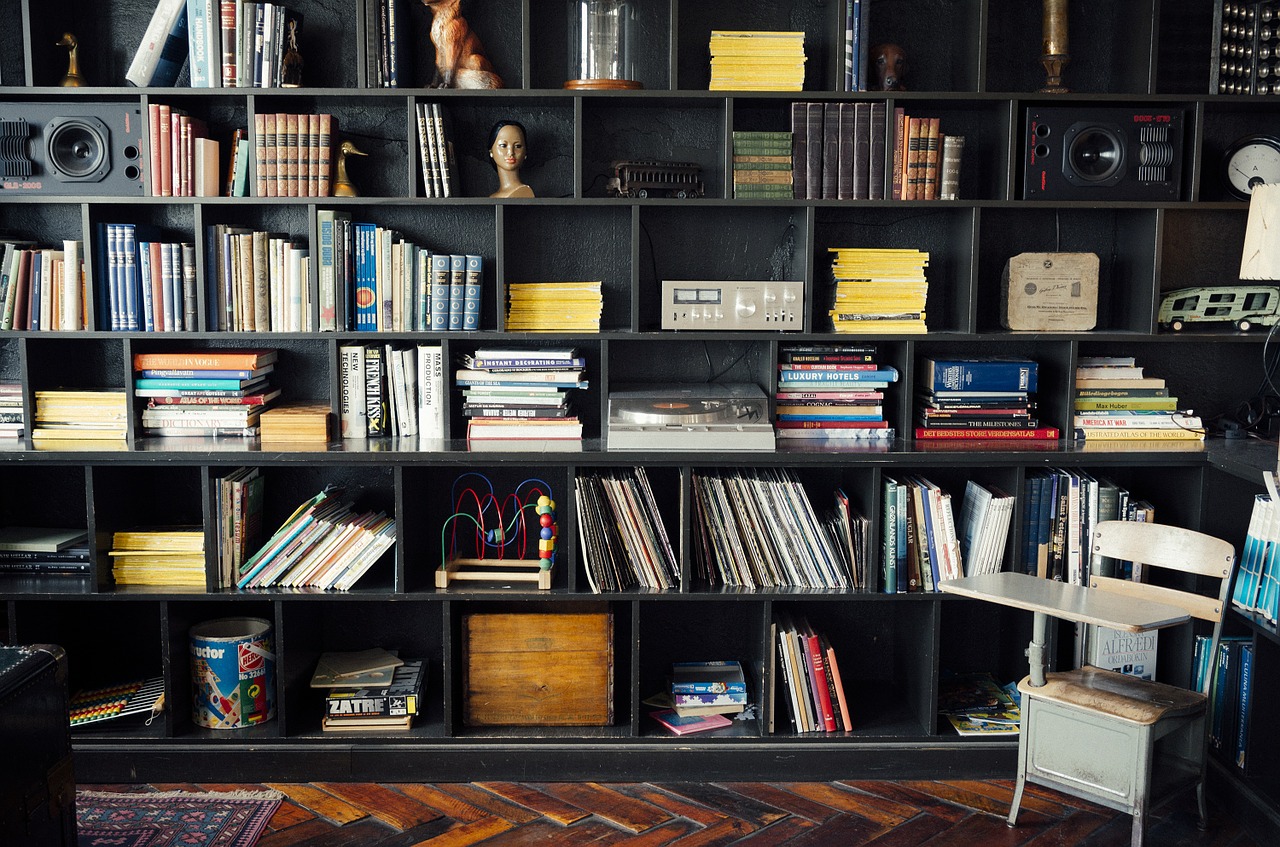
Modern Times
Arguably, we are in the midst of an era where young people, in particular, are less and less likely to turn to literature for simple pleasure (at least in the physical form). The popularity of online reading materials such as e-books and virtual magazines is clear and obvious, they’re space-saving and can be accessed from almost anywhere. While bookshelves will still appear regularly in libraries and bookstores, their presence in a household is now less of a sure thing.

For us old romantics, however, they still hold a certain appeal. Those who celebrate the written word as it should be (in black and white on the page), will always seek to proudly display their literature. Oftentimes, these bookshelves will be just as sentimentally valuable as the books contained within them.
So, have you a prized bookshelf? Perhaps you’re a recent homeowner who would benefit from some insight before you purchase your own? And how might you go about protecting your bookshelf, ensuring it retains its condition for years to come? As always, we’re here to offer our expert advice.
Styles and Designs
Some well-known designs of bookshelves are standard, leaning, corner and modular. Each will complement a room in their own unique manner, or they may even detract from it. It’s up to you to determine which works best in your household.
Standard bookshelves are simply designed pieces with horizontal shelving and a backing wall. They do the job just fine and can often be very aesthetically pleasing constructs. However, if you’re looking to utilise your space, you may be better served with an alternative design.
A leaning or corner bookshelf utilises your wall space, while the variety of shelving sizes is appealing; as is the potential for displaying art or other decorative pieces. A modular bookshelf, on the other hand, is a modern design that can be configured accordingly like building blocks to fit your preference.
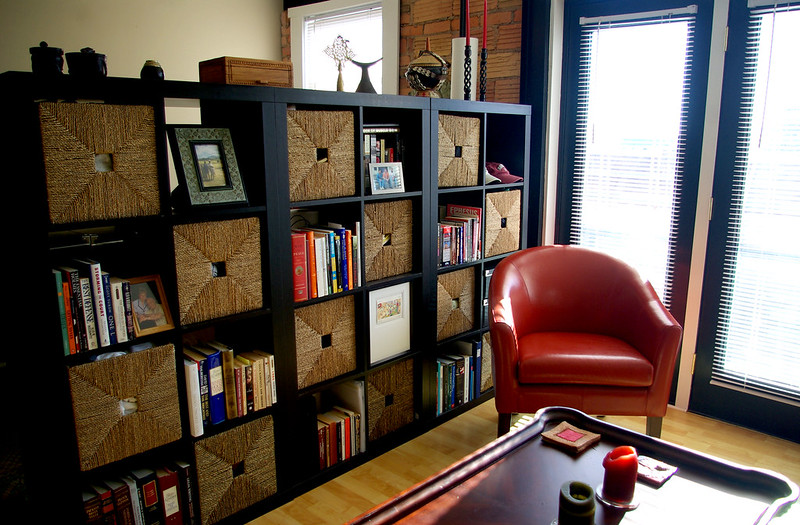
When discussing materials, variety is still a running theme. For the purposes of this discussion, we will, of course, be referencing the use of wood. However, bookshelves come in many materials from metal to laminate and glass.
Compromising Conditions
What can damage the wood of a bookshelf? Dust is one obvious hindrance, left unmanaged it can lead to dirt and grime build-up which can be detrimental to not only the wood but the books themselves.
In a family household, the relative certainty of knocks and scuffs will always be ever-present, as will the finger marks of curious children! Any hardcover or more weighty books can also present a risk of marking when being placed on or off the shelves.
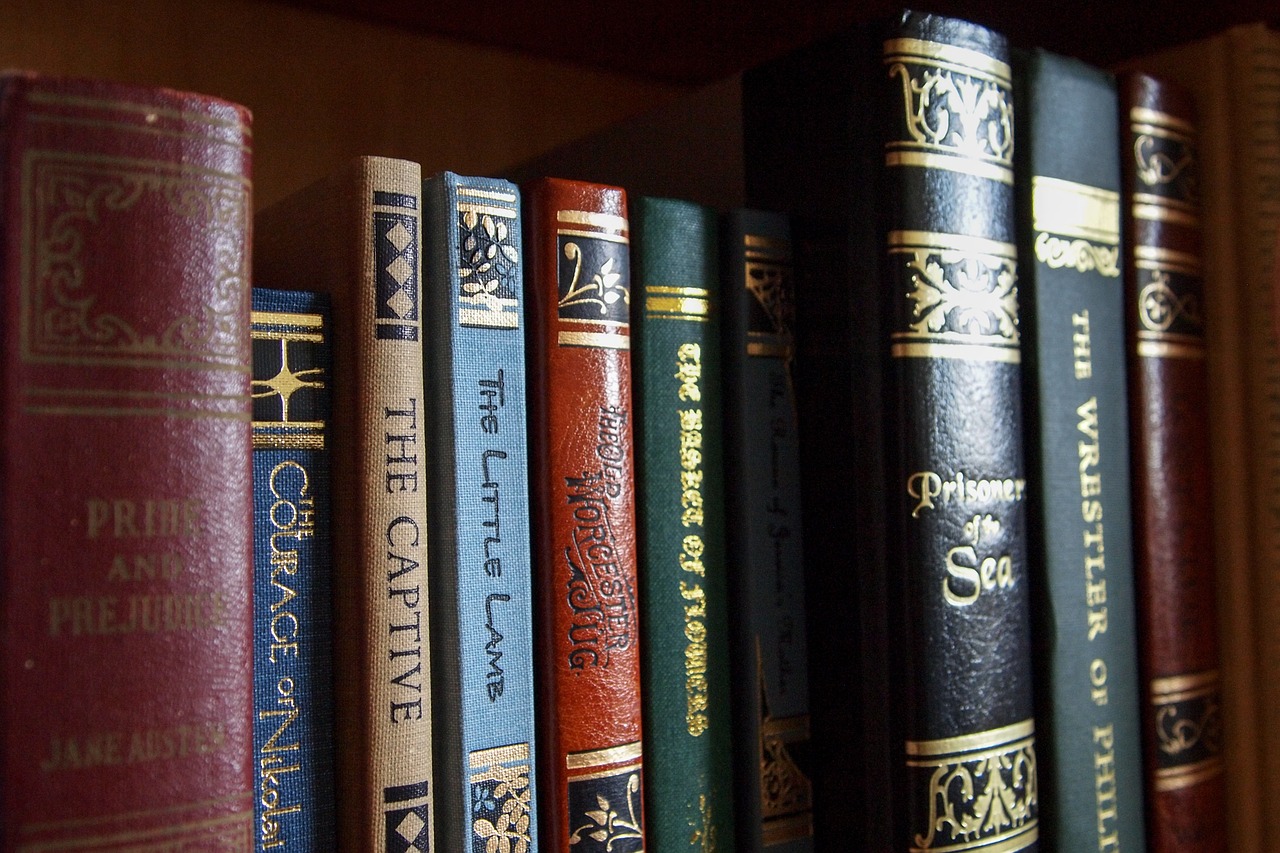
Moisture in the air is, likewise, an aspect to keep an eye on, so be sure to keep your bookshelf in dry conditions to avoid mishaps. This also applies to liquid spills, so take care to keep your evening glass of wine at a safe distance!
Wood Oils
If you are looking to define and protect the natural wooden character of your bookshelf, a quality wood oil should be your go-to solution. These will nourish the wood by deeply penetrating beneath the surface to reinforce its durability.
Our recommendations here are in two highly versatile products, Fiddes Hard Wax Oil and Osmo Polyx Oil. These are two premium hard wax oils that offer all in one protection for your bookshelf. A tough and highly durable finish protects against knocks and scuffs, as well as liquid spills.
The great thing about these products is their ease of maintenance. Simply renovate if necessary in order to renew your finish. You’re also assured of a finish that won’t crack or peel with time, meaning your prized bookshelf will continue to proudly display your books in their utmost condition. Better still, the finish is safe for animals and humans when dry! An added bonus for those with curious kids!
Please note, both of these products are available as a tinted version, should you wish to apply an alternate shade.
A Varnish
Alternatively, you can turn to a varnish to really bring the best out of your wooden bookshelf. The use of a varnish will provide a durable surface layer finish that seals the wood, protecting it from knocks and stains.
For a more decorative finish, you can’t go far wrong with Polyvine Decorators Varnish. This is a water-based acrylic varnish that’s ideal for use on interior wood. Special UV filters protect from fading, ensuring any sunlight that makes its way in from the outside won’t discolour your wood. This product is quick-drying and capable of multiple coats, giving a durable finish that’s resistant to finger marks and abrasions.
For a more classic finish, try Manns Extra Tough Interior Varnish. The finish is strong and non-yellowing, while anti-bacterial properties make it ideal for households with pets and children.
The Application
Our application guidelines will vary depending on whether you choose to use a wood oil or varnish.
In terms of preparation, we always advise wiping your surfaces with a dry, lint-free cloth. Remove all of your books beforehand and make sure all surfaces are free from dust, dirt and debris before applying your finish.
Need help with your bookshelf?
For more information about wood furniture finishes and their uses, contact our team of resident experts who are always on hand to help with project advice and product recommendations. Alternatively, see our furniture finishes FAQ page which covers many of our most commonly asked questions.
We love to see before, during and after photos of any wood finishing project. If you would like to share your project pictures with us and our followers, you can either send us some photos or share on our Facebook, Twitter, Pinterest or Instagram pages.


